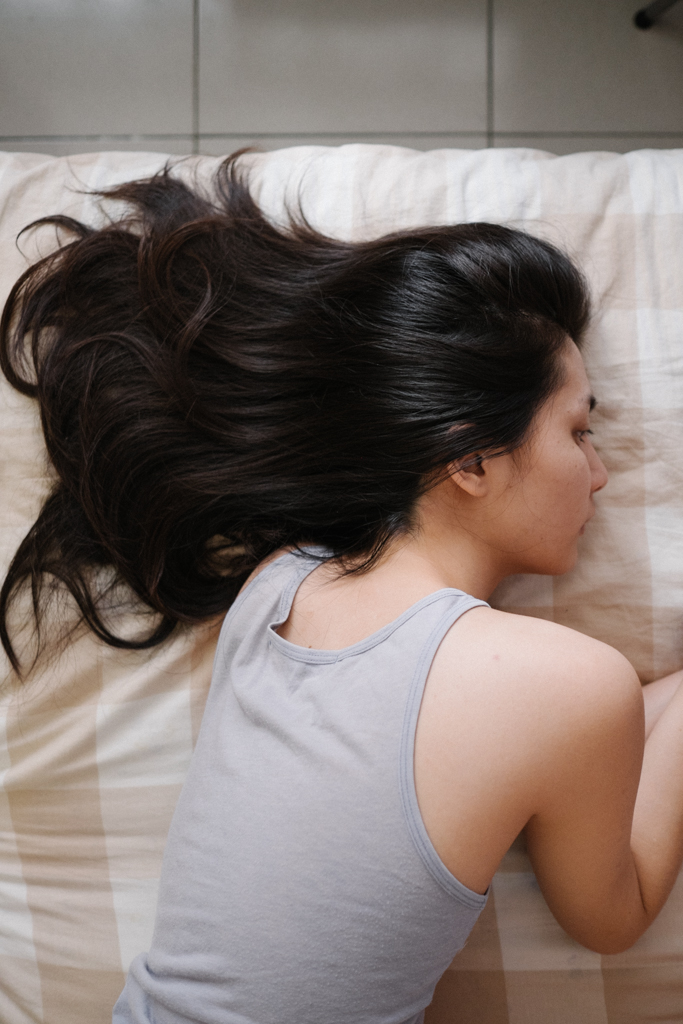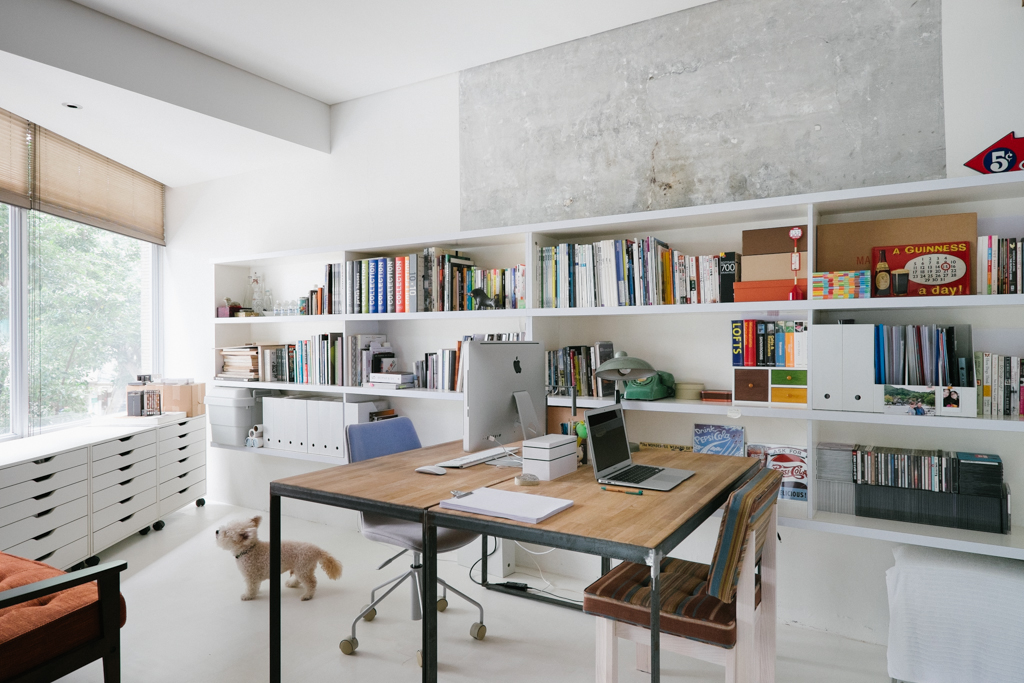It's been about three w̶e̶e̶k̶s̶ months since I first picked up a Fujifilm X-T1 here in Taipei, Taiwan. I could go on and on about the technical specifications, but that's a moot point since you can find such information everywhere else on the internet. Instead I want to touch base about how these little Fuji cameras make me feel.
BACKGROUND
I have been shooting film and still shoot film for almost 20 years now. My go to "workhorse" cameras at the moment are a Mamiya 645 Pro and a Pentax 67II, both shooting massive medium format film, you simply can't beat the resolution. In the 35mm realm, I've a Minolta XD-11 and an X-700. These two cameras are what the current Fuji X series remind me most about, —the tactile feel of dials and just enough controls to do what you need. I've also own about three different Fujifilm compact point and shoot film cameras, a Fuji Klasse W, a rare little Fuji Black Silvi F2.8 (24-50mm zoom!), and a Fuji Tiara DL Zoom (28-56mm). To round the list off, my favorite classics, the original Ricoh GR1 (I've blown up drum scans to 34" x 50" and they were sharp!) to the quirky Konica Hexar AF (what I would consider the X100 closest too in spirit), and one of the last Canon film SLRs ever produced, the Elan 7NE (complete with the ahead of it's time eye control focus or ECF).
The first digital camera I ever purchased was a Canon 5D, only because it was full frame and I could use my existing Canon lenses. I never bought the MKII or anything else after as I didn't see a value in video at the time or an increase in "quality." Despite taking great pictures on it, and using it for commercial work, it just didn't excite me. But in ways it made me a better film photographer and being a film photographer also made me a better digital photographer.
When the X100 was first announced, I immediately was sold on it but still remained skeptical. It was still digital! How could I love it? I didn't pick one up new but instead waited almost 1.5 years later buying it used at Map Camera in Tokyo, Japan. Long story short, I finally felt shooting digital on this little guy (although quirky in many ways) made me fall back in love. It was the closest experience I ever had to using my film cameras. Eventually I picked up the Fuji X-E1 (I didn't mind the EVF and used it more on the X100 anyways, so I couldn't justify the X-Pro1) with the 35mm prime and the 18-55 zoom. I've used the X-E1 to shoot stories for The Wall Street Journal, The New York Times as well as Monocle Magazine and various other things. Despite the "slowness" of the AF, the weight and image quality never disappointed. The form factor was perfect and allowed me to carry it everywhere to shoot street fashion portraits. However, something was missing still.
FUJI X-T1
When the Fuji X-T1 one was first announced, naturally the sexy EVF enticed me the most. and secondly, the reported new speed and improved AF (found on the X-E2). I'll admit, the battery grip and being able to shoot and hold the camera vertically for "portrait" mode with the rotating EVF display was also very impressive. I didn't think anything else would be that different from my X-E1, but I ended up being pleasantly surprised.
EVF
The EVF is blissfully amazing, as I'm sure you have all read. I've been using it in full view, with only exposure compensation, shots remaining, focusing distance and aperture/shutter displays. Very basic and minimal, similar to what shooting film was like. For me, and the way I work, less is more. The high refresh rate actually made me dizzy the first day I used it, but I've adapted. When I show people the camera, they are most amazed by the rotating EVF display. Why didn't anyone think of this? I wonder if it's possible to be done in an optical viewfinder as well? I would love to see this implemented on the next X-PRO 2 (Fujifilm are you listening?).
AF
I never had a chance to play with the updated Phase AF found in the X-E2, though I did briefly play with the X100S. On the X-T1 it really shines. No longer do I feel a lag or a delay. Sure in a dark bar environment it may have problems if you don't find an edge, but that's normal. Even manually focusing a fast lense on a film camera you would be hard pressed in such low light if you couldn't find your edges with the split prism. The speed of this camera impresses me and I feel it's one step closer to a full fledge DSLR.
DRIVE MODE
I never used the drive mode on the X-E1 or the X100, as I really hate how it named the images in a sequence and you had to review it in a group playback mode. That's been completely fixed with the X-T1, and I find myself using it often. It works pretty damn good at that but I haven't really tested the AF tracking as I don't really shoot a lot of fast moving objects, wildlife or sports. Animated GIFs anyone?
FORM FACTOR
It feels like using a film camera. I like how the ISO dial locks, I love how the shutter dial locks. It works exactly like my film cameras. As I mentioned previously, and most importantly they feel like I am using my old Minolta cameras. It's like the 1970s engineers passed on their design skills to the Fuji engineers after caving in to the whole Minolta/Konica/Sony orgy. My one gripe above all, the damn rear directional menu buttons. As of now, I've stuck on some soft black thin furniture pads to raise them up and give them a tactile feel. I also miss having the playback button on the left side of the screen, as when you bring the camera down from your eye, you naturally hold it with both hands so the thumb doesn't have to cross the screen to press play.
IMAGE QUALITY
If you've used any of the previous Fuji digital cameras before, then you know image quality is up to par. I'm pretty old school as far as my standards go and for me the colors on these guys trump everything else. I'm not going to argue megapixels and show you MTF charts, I honestly don't care about that stuff. There's just something the Fuji engineers got right, the way their sensor and colors react to light. As much as people love shooting the JPG engine, for me RAW is the way to go. Using lightroom and VSCO as a basis, I've found the files approximate closely to all the film stocks I love and still use. Comparing to both the 5D Classic and MK2 colorwise, it kills them. Long story short, it's fucking badass.
CONCLUSION
I currently own the 23mm, 35mm, 56mm and the 18-55mm. I had the pleasure of borrowing the 10-24mm and was amazed by the sharpness and build quality of the lens. Certainly a lens I'm considering in the future. I started writing this review/non-review three weeks after I purchased the camera. Since then I've had Fujifilm Taiwan fix the light-leak for free, even though it does not affect my usage of it. In the meantime, I've gone on to shoot a few more jobs with it and have played with it more. You've won me over completely Fuji. I never thought I'd care for anything less than film or a full frame sensor, but you've got me... That is until the X-Pro2 comes out?
Samples below of all sorts of different shooting situations:








































